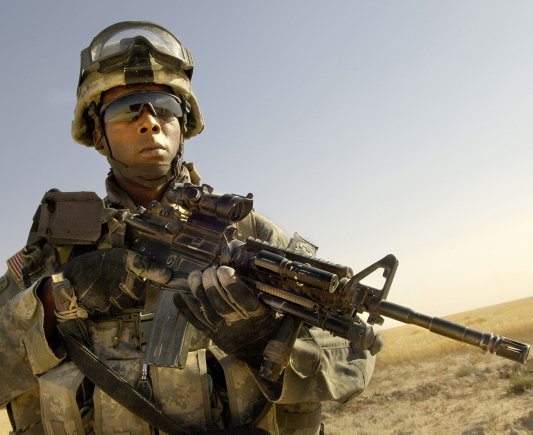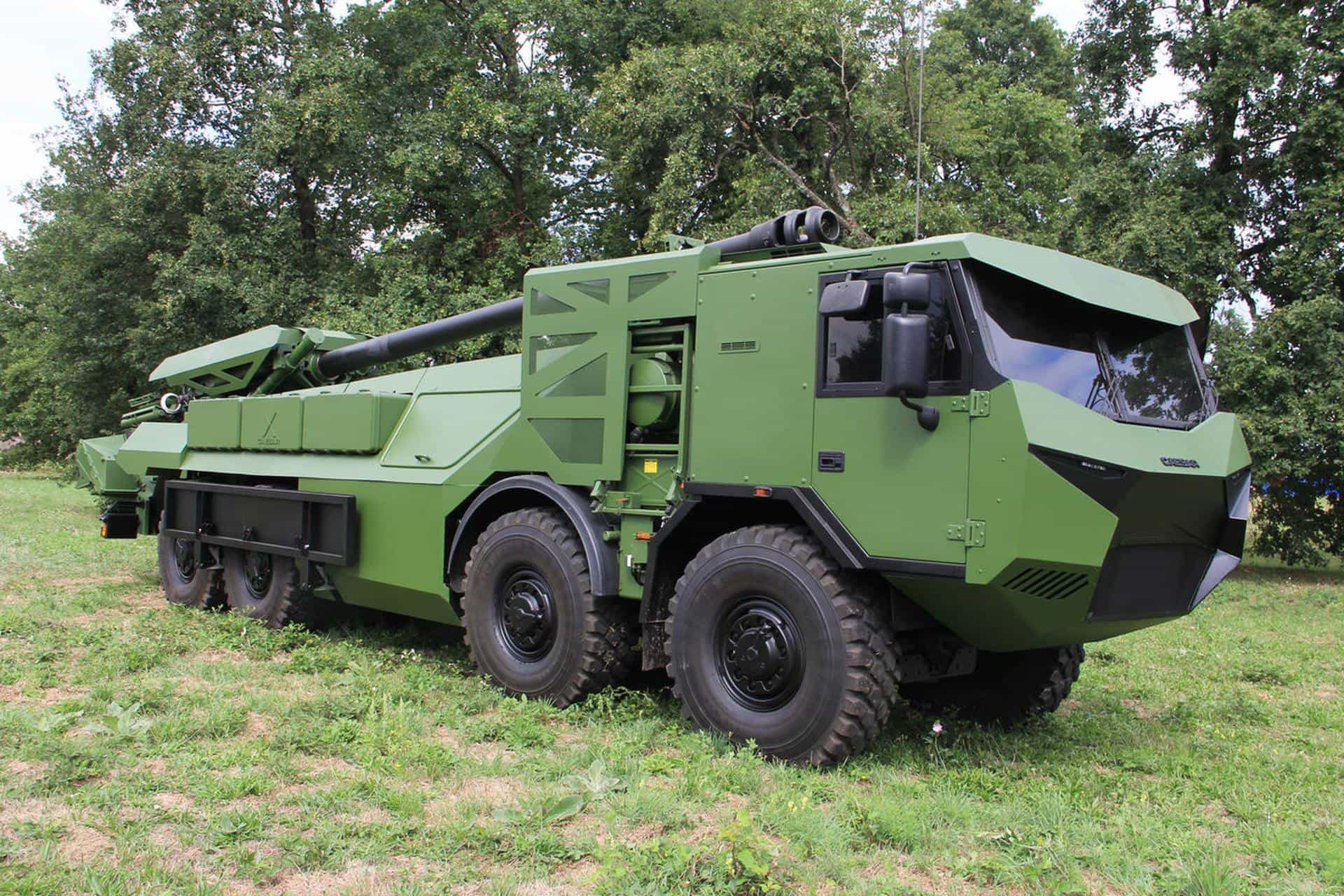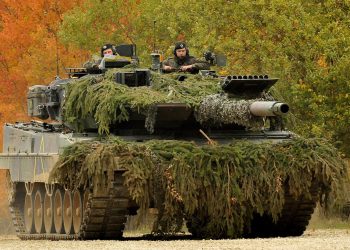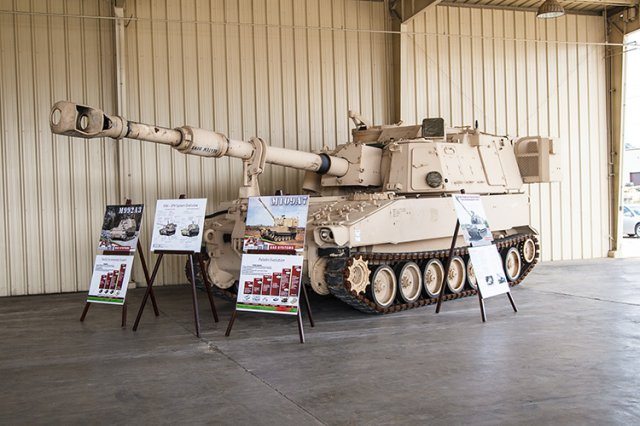When it comes to the very best in vision protection for the warfighter, researchers at the U.S. Army Natick Soldier Research, Development and Engineering Center make sure the eyes have it.
“Eyesight is fundamental to a Soldier’s job, making vision protection of critical importance,” said Brian Kimball, U.S. Army Natick Soldier Research, Development and Engineering Center, known as NSRDEC, researcher.
A warfighter’s vision can be impacted by dust, sand, fog and changes in lighting. There are also outright threats from blast and ballistic fragmentation and lasers.
NSRDEC researchers are working to find better ways to prevent sight impairment and eye injury, now and in the future. They are also working on cutting-edge technologies for vision enhancement and shared vision applications.
“At NSRDEC, our mission is the Soldier,” Kimball said. “We are honored and humbled by their service, bravery and dedication, which challenge us to pursue science and technology solutions that will enhance their safety, comfort and effectiveness.”
“The number of injuries has come down with the use of protective eyewear. Although you can’t prevent all injuries, the majority can be avoided, or reduced in severity, by wearing the proper protection,” said Michelle Markey, who is involved with the science and technology research at NSRDEC, as well as end-item technical support for both the Army and Marines.
“Improvements are always ongoing,” Kimball said.
NSRDEC officials said the success of ongoing vision protection technologies to the collaborative nature of the Department of Defense vision protection community, which has a long history of working together and sharing resources, capabilities and technology.
“This community consists of scientists, engineers, medical professionals and dedicated program and project managers,” Kimball said. “These combined resources provide capabilities that could not be realized otherwise.”
BALLISTIC FRAGMENTATION PROTECTION
“Ballistic fragmentation protection is always the primary consideration,” Kimball said.
Soldiers face a variety of ballistic fragmentation threats, including debris from explosions and weapons firing. They also face increased threats from improvised explosive devices.
Polycarbonate, known for its durability and ease of use in manufacturing, has long been the Army’s staple material for impact resistant eyewear.
However, Army researchers are taking ballistic fragmentation eye protection into the future. NSRDEC is working to incorporate new, lightweight, transparent nylon materials into protective goggles and spectacles.
“The material is a significant improvement,” Markey said. “We are looking at a 15 to 20 percent improvement in impact resistance.”
“And it is lighter weight,” Kimball added.
This new material, the result of research conducted by Dr. John Song, a materials research engineer at NSRDEC, is approaching the manufacturing stage of product development.
LASER DANGER
Lasers are an increasing threat to Soldiers. Battlefield lasers can cause flash blindness, corneal hemorrhaging, retinal lesions and burns, and possibly permanent blindness.
“Laser light is coherent, collimated and of a single wavelength, so that your eye focuses it to a very fine spot,” Kimball said. “In this way laser light is more intense than regular white light.”
Handheld versions of lasers are readily available to anyone, anywhere. Military system-based lasers are also becoming more prevalent on the battlefield. Laser hazards can come from systems such as target designators and laser-range finders.
Current laser protective lens technologies use dyes and/or optical films to absorb or reflect laser energy. Natick researchers are aiming to increase the survivability and mobility of warfighters in situations where lasers pose a threat and/or hazard. They are working to provide protection in low light conditions, especially protection that will work better at night. Their goal is to make laser protection part of a single, multifunctional lens system.
SAND, FOG AND SCRATCHES POSES CHALLENGES
Researchers continuously face the difficult challenge of developing scratch- and fog-resistant coatings that do not interfere with ballistic fragmentation or laser protection. Natick researchers consider solving this problem is an important priority, because Soldiers tend to take off their eyewear if it is scratched or remove their eyewear when it fogs — thus, sacrificing protection altogether.
“The most common complaints they have in the field are scratching and fogging,” Markey said. “We are always looking into new technologies.”
Researchers also discovered during desert conflicts that improved scratch resistance coatings are needed to protect lenses against blowing sand abrasion, such as that from sandstorms.
NSRDEC, with support from Program Executive Office Soldier, devised new methods of evaluating abrasion and fog resistance. “We are perfecting and finalizing these new methods of testing and will be investigating new coatings,” Kimball said.
A PRESCRIPTION FOR SUCCESS
Many Soldiers wear prescription eyeglasses. Currently, vision is corrected by installing a prescription lens carrier with corrective lenses behind the Soldier’s protective eyewear. Technologies currently being investigated by NSRDEC also have application to prescription lenses, and will help make vision correction part of the single-lens system envisioned for the future. NSRDEC foresees this as a joint venture with the U.S. Army Public Health Command and program offices.
One of the most important contributors to successful advancements in eyewear protection is early and frequent testing of new materials and coatings to make sure an advance in one area isn’t detrimental to another area. Sometimes new coatings that may protect against scratching or other problems lessen impact protection and have to be abandoned.
“If we have a new capability, one of the first things I do is shoot it (with a ballistic fragment impact simulator),” Markey said.
“The key is to test it as early as you can,” Kimball said.
LOOKING INTO THE FUTURE
Hindsight may be 20/20, but future sight will be even better, according to researchers.
The key to future systems, Kimball said, is to “do it all in a single lens format.”
NSRDEC researchers are developing an active eyewear system that will protect the user from ballistic fragmentation and lasers, as well as provide vision enhancement in a single lens. The lens will be able to quickly adjust from very clear all the way down to a true sunglass state, allowing the Soldier to more readily adjust to rapidly changing lighting conditions. The system will protect against dangerous forms of light, to include lasers.
In addition to providing protection against numerous threats and adapting to different types of light, a single-lens system would also include vision enhancement.
“The system will have tremendous potential to give the warfighter the edge over opponents and to ultimately lighten their load by providing information and functionality that will one day replace complex stand-alone systems,” Kimball said.
Soldiers will benefit from features such as zoom magnification, variable polarization, multi-spectral enhancement and selective light filtering capabilities. The technology will allow for increased situational awareness and enhanced target recognition. The single-lens system will also feature improved impact protection and hearing protection/augmentation. Energy harvesting technologies are also being investigated to make the system self-powering.
NSRDEC researchers are working to ensure that these new developments will be environmentally robust — meaning it will function under a wide range of conditions without the performance being adversely affected — and low in bulk and weight. Nanotechnology will allow for the creation of new materials, they said.
Eye protection for the warfighter was first developed in the 1940s, and included goggles to protect from the sun, wind and dust. From the 1980s until the beginning of the new millennium, new advances in impact protection and laser protection became available. Since then, coatings, materials and capabilities have been improved continuously to ensure the warfighter has the very best protection that technology can offer.
Protective eyewear is crucial to preventing permanent or temporary injuries to the eye in conflicts, past and present. Eyewear protection has proven to be extremely important in recent conflicts in Iraq and Afghanistan, where warfighters face ongoing threats from improvised explosive devices. Protective eyewear has saved the eyesight of countless Soldiers exposed to shrapnel and the flying debris common with the use of these devices, Kimball said.
“Fortunately for our Soldiers, warfighter vision system research is a challenging area that has attracted some of the brightest minds in the country,” Kimball said.











